|
This is the first installment in a six-month long series on homeschooling various special needs, in anticipation of the Homeschooling Special Needs Expo, an in-person conference coming June 28-29, 2024 to Shelby, NC. Open to all in the United States, this conference is the first of its kind in the nation, featuring Temple Grandin delivering the in-person Capstone Keynote and a church track to help churches minister to special needs families, in addition to helping teach parents how best to homeschool their special needs children and teens. For more information on the conference, click here.
What is executive functioning? Executive functioning are those skills that help a person plan ahead, meet goals, follow multi-step directions, have self-control, and manage distractions. For many kids (and adults!) with autism, ADHD, and other neurodivergent issues, executive functioning skills are not innate. However, one can exhibit executive function delays without having autism, ADHD, or other issues. The keys to help a child with executive functioning issues are to identify the issues and then to train the brain to develop those skills. There are eight key executive functions: Impulse control, Emotional Control, Flexible Thinking, Working Memory, Self-Monitoring, Planning and Prioritizing, Task Initiation, and Organization. Here are seven ways to homeschool kids with executive functioning issues. Use a planner for each child Use a calendar-planner for each child, where the child can write down assignments, tasks, chores, therapy sessions (if applicable), and keep track of important dates, such as birthdays, youth events for church, and due dates for homeschool projects. Use this planner to write down daily goals and priorities. Check the planner daily but allow the child to use the planner to take ownership, to help him or her track progress. Top 5 priorities Each Sunday evening, sit down with your child and work together to develop the top five priorities for the coming week. This may look like studying for an upcoming test, researching a paper, finishing a project, practicing an instrument five hours, or even taking care of pets. The important thing is to let your child think about the upcoming week and its tasks and develop five priorities based on the academic activities (or household chores) that are coming up in the week. Once your child thinks about those priorities then writes them down in the planner, help the child stay on track by referring back to the planner. Bonus: a child cannot argue with the planner! After several weeks of this, with success, this will become a habit that will stick with the child for a very long time. Do what you dread first Encourage your child to not put off unpleasant tasks but go ahead and knock out things he dreads first. For example, if your child hates to do math because she doesn't like it, encourage her to do math first, so that she's not dreading it all day long. Sometimes the anxiety of knowing that we have to do something we don't like to do paralyzes us in doing anything at all. Set up morning and evening routines Routines are critical in helping kids with executive functioning disorder thrive. Help your child by setting up and maintaining morning and evening routines, with self-care items such as bathing/showering, skin care, teeth brushing, any medications, meals, etc, part of those routines. Some homeschool families enjoy utilizing a morning basket in which books are read, puzzles solved, and the Bible read as a family before the academics of homeschool even start. Then, in the evening, have showers or baths, snacks, a movie, Bible devotional, or reading books in bed...the key is to maintain the routines for the good of all. Use a timer With some children, they take so long in doing one subject that they can't get to anything else. This frustrates them, frustrates parents, and doesn't make for a happy homeschool. First off, don't assign twenty math problems when six problems can represent the lesson and tell if a child has mastered the concepts. Use a timer, especially for things like math problems, spelling assignments, writing papers, or other things like teeth brushing. The little added pressure of beating the clock will help the child move on to something else and take away the dread of dealing with a subject he doesn't like. Start small In dealing with executive functioning issues, start with one thing. Set up routines, get them to a point where they're habits, then incorporate a planner. Like fad diets, moving too quickly from one thing to another is a set-up for failure. Do one thing for a couple of weeks, than add something else. Understanding goes a long way Children are rarely oppositional for no good reason. Usually there's an underlying reason behind difficult behaviors--diet, lack of sleep, a developmental delay or neurodivergent issue that hasn't been diagnosed, or lack of structure are all things to consider. Understanding why your child is acting out, not focusing on his or her work, or forgetting things you just went over is critical to getting your child the help he needs. Many times, in the process of discovering that your child has an executive function disorder, you may find that you also have the same issue. Executive functioning disorders can impede a person's entire life, but there are things that can be done to help train the brain to function to prevent anxiety, make deadlines and life goals, and not be late for events. Like with anything, it takes time and discipline to hone those skills, but just acknowledging there's a problem is the first step. Blessings, Terrie (c) 2024 Terrie Bentley McKee ALL RIGHTS RESERVED
0 Comments
I'm a mom of four special needs children, even though three aren't kids anymore: they've moved out, gotten married, off the payroll. But three of those children have ADHD, and the youngest, who is 13 now, is blessed (insert sigh) with a good dose of ADHD, too. Suffice it to say that I know my way around ADHD. Here are 13 tips from a seasoned mom of kids with ADHD on how to homeschool a child with attention deficit disorders.
This post may contain affiliate links, which help support this website. I thank you for your support when you click on the links and order from them. Allow Fidgeting When homeschooling, the temptation is to sit at the dining room table or in your homeschool room and make the kids sit for all subjects (insert laugh track here). Children with ADHD have to fidget, squirm, move--it's how they process information. If they don't, or aren't allowed to fidget, that's when problems occur and they act out. There are many ways you can allow fidgeting. Bouncing legs, playing with fidget spinners and other fidgeting toys, wiggle seats, tapping fingers on the table...all are tools kids with ADHD use to help them process information and deal with the myriad of thoughts parading through their minds. Allow Movement In a similar vein, movement helps kids with ADHD to absorb information. It goes against everything we know as parents, but allowing your child to do jumping jacks or bounce on a trampoline while saying his spelling words really does help. Don't have an outdoor trampoline? This small indoor one will help your child get that sensory movement they crave, while doing schoolwork. I've even told my child to run around the house between subjects to get some gross motor skills in with the movement. If you have a swingset outside, allow "recess" to happen between subjects to get out those wiggles. You could also walk with your child around the neighborhood between subjects to get in some movement--and maybe have a conversation about what he or she just studied as added reinforcement. Ear Plugs or Headphones Kids with ADHD often have sensory issues, too, and are heavily distracted by the world around them. You can minimize these distractions through playing soft instrumental music during your homeschool time, silencing your phone or turning it off altogether, hanging a sign on your door that says "Homeschooling in Progress; Please Don't Interrupt," and using noise cancelling headphones or ear plugs. Make a peaceful environment in your home during school hours. Use a Timer Using a timer was a game changer with my kids. When I'd give them a set time, using either a manual timer or the timer on the stove, it was a huge incentive for them to beat that time. The kicker is, if I used the timer as a motivating force for them to do math or any other subject, the answers to the questions had to be right. They just couldn't fly through it; questions had to be answered correctly. Using a timer wasn't just for schoolwork, though; I used it in chores, such as cleaning the kitchen, or anything that they would typically dawdle in. Make a To-Do List Making a to-do list for each child is imperative. Whether it's for homeschool, chores, or anything else, a to-do list helps the child keep track of what they need to be doing. My daughter will be using this amazing planner from Not Consumed for middle school homeschoolers. They have planners for elementary and high school students, too (and moms!). Be Very Specific in Instructions With my kids, I found that I needed to be very specific in giving instructions and in what I expected of them. For example, "clean the kitchen" was too broad and overwhelming, but "unload the dishwasher" and "sweep the floor" were more concrete requests. I don't know about you, but I just find it less of a hassle to load the dishwasher myself, or stand there and direct how to do it. In schoolwork, with my daughter who has ADHD, I tell her (then she writes it in her planner) what she is to accomplish the next day, including the page number range she is to read in certain subjects like history and science, questions she needs to answer, and words she needs to define. Just saying "do your math," leads to a lot of frustration to child and parent alike. When she is cleaning her room, I get her to write down what she needs to do: "pick up trash, put laundry in hamper, make bed." Then she can cross off the items as she does them. Chore Sticks One thing I did when my kids were younger was write down a chore on a craft stick using a thin permanent marker, such as "unload dishwasher," "sweep living room," "scoop the cat boxes," "wipe dining table," etc. Then each morning they'd choose a chore stick or three to do that day. This doesn't work so much when you have just one child at home, poor girl, but when I had all four at home, it worked well. Label Things One thing that has helped is to label things, especially when you small children such as preschoolers or early elementary. Label toy bins for specific toys so your kids won't get overwhelmed putting things away (we'll talk about bedtime routines below). Label homeschooling bins with the appropriate supplies so people can find things and put things away. Help Your Child Study Sit beside your child as he's doing his schoolwork. If you work from home, work beside him with your laptop. Often just your presence there will help minimize distractions and keep him on track. Plus you can easily help him if he gets stuck. Often, reading the text to your child will help her absorb the material better than reading it on her own. Utilize Flash Cards Utilize flash cards for review, such as math facts or states. Have your child use index cards and make their own flash cards for facts they need to know, such as their spelling words or history facts. Reward Compliance Instead of flying off the handle and giving attention to the naughty things your child does, reward compliance when they do something good. Often, my children would misbehave because they'd get more attention when they misbehaved. When I figured this out, I changed the way I was doing things and spent a lot of quality one-on-one time with each of them. I'd take one out for ice cream or something and spend time talking with him or her (with the child, not at the child). I found that when I did this, behaviors that ran contrary to what we wanted diminished. For little kids, stickers on chore charts go a long way. Set a Bedtime Routine Have a set bedtime routine and time for each child. Turn the television off and wind the whole family down. Have a fifteen minute pickup where children put toys and books away, you get ready for the next day's homeschool day, even to the point of laying clothes out. Showers or baths, storytime, reading the Bible--whatever helps your family wind down and prepare for a good night's sleep. The key is routine. Kids with ADHD thrive on routine and structure. Give them that, and negative behaviors will slowly disappear. Outdoor Free Play It is crucial to give your kids with ADHD outside free play, where they can run and shout and explore. If you have a fenced-in yard, that is ideal; if not, plant yourself on a chair with shade and a cold drink, and watch them play. Engage yourself in their play and build those relationships apart from textbooks and worksheets. Kids grow up so fast -- even kids with ADHD. Those moments are fleeting. As I type this, I look up at a picture I took of my two boys when the oldest was five and the youngest was two. Now, they're 28 and 25 -- and the 25-year-old is married. It seems like just yesterday I snapped that picture on a playground, the oldest holding a stick and the youngest holding his brother's hand. Even though you have a child with ADHD, don't allow ADHD to take away from the joy that is rearing children. ~ Terrie (C) 2023 Terrie Bentley McKee ALL RIGHTS RESERVED |
AuthorTerrie Bentley McKee is an author and speaker who homeschools her youngest daughter. Married to her husband Greg, they have four children, all of whom have special needs of varying degrees. Terrie is a follower of Jesus Christ and tries to glorify God in all she does. To read more about her testimony, click here. Affiliate LinksHomeschooling One Child is a participant in the Amazon Services LLC Associates Program, an affiliate advertising program designed to provide a means for sites to earn advertising fees by advertising and linking to amazon.com. Check out our YouTube channel!Check out our podcast!Please pin!Archives
January 2024
Categories
All
|
- Home
- Blog
- Podcast
-
Resources
- Teach What is Good Devotional
-
Convention Resources
>
- Homeschooling a Teen with Autism
- Tips on Creating a Disability-Inclusive Church
- How to Teach Your Exceptional Child about Faith
- Homeschooling Preschoolers with Autism
- How to Pick Developmentally Appropriate Curriculum for your Autistic Child
- Overwhelmed
- Homeschooling One Child
- Life Skills Chickens
- Strategies on Homeschooling Kids with Special Needs
- About Us >
- Vlog
- Homeschooling News
- Printables
- Special Needs
- Curriculum
- Encouragement
- Home Management >
- History
- Science
- 25 Days of Advent
- Courses
- Store
(C) 2023 Terrie Bentley McKee ALL RIGHTS RESERVED
- Home
- Blog
- Podcast
-
Resources
- Teach What is Good Devotional
-
Convention Resources
>
- Homeschooling a Teen with Autism
- Tips on Creating a Disability-Inclusive Church
- How to Teach Your Exceptional Child about Faith
- Homeschooling Preschoolers with Autism
- How to Pick Developmentally Appropriate Curriculum for your Autistic Child
- Overwhelmed
- Homeschooling One Child
- Life Skills Chickens
- Strategies on Homeschooling Kids with Special Needs
- About Us >
- Vlog
- Homeschooling News
- Printables
- Special Needs
- Curriculum
- Encouragement
- Home Management >
- History
- Science
- 25 Days of Advent
- Courses
- Store


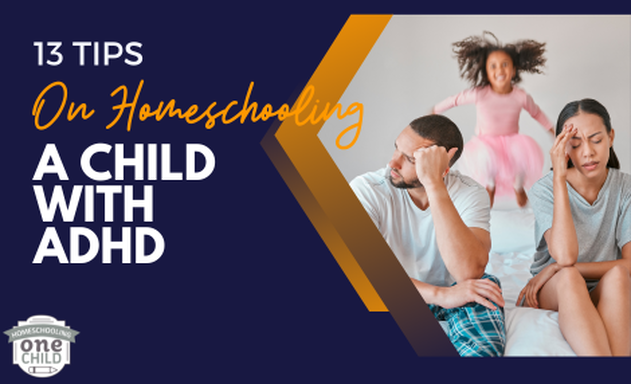
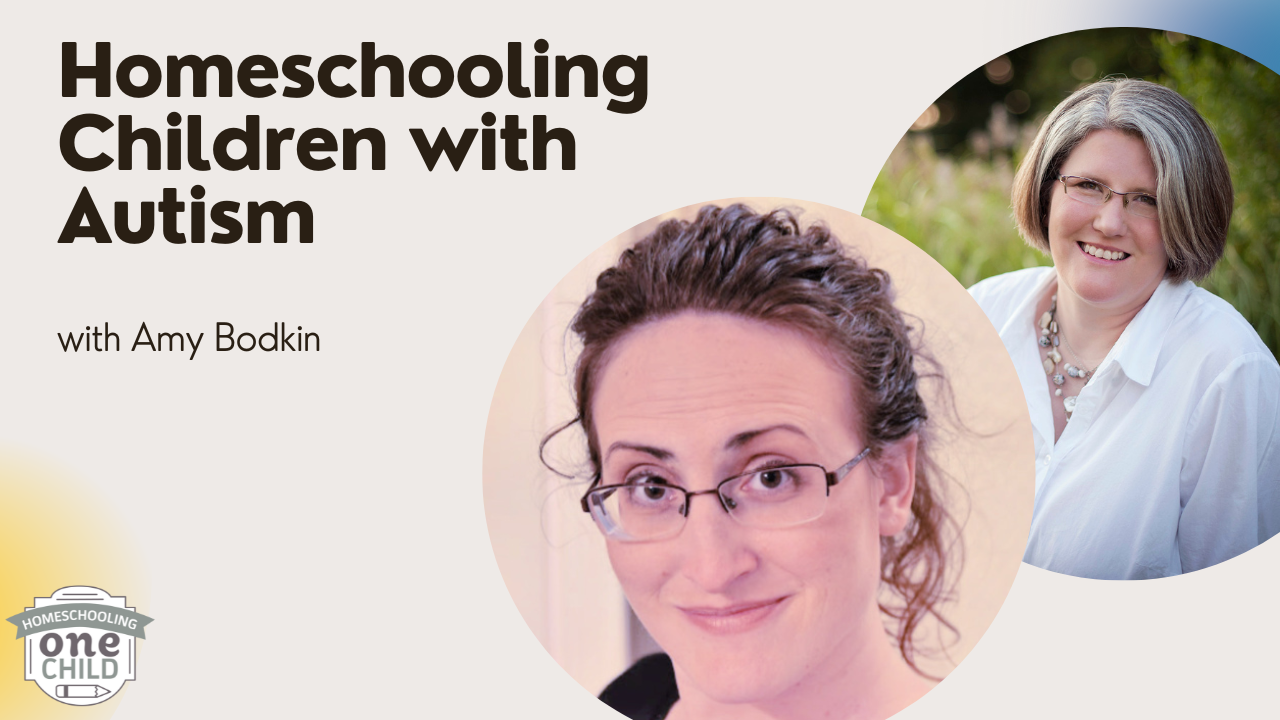
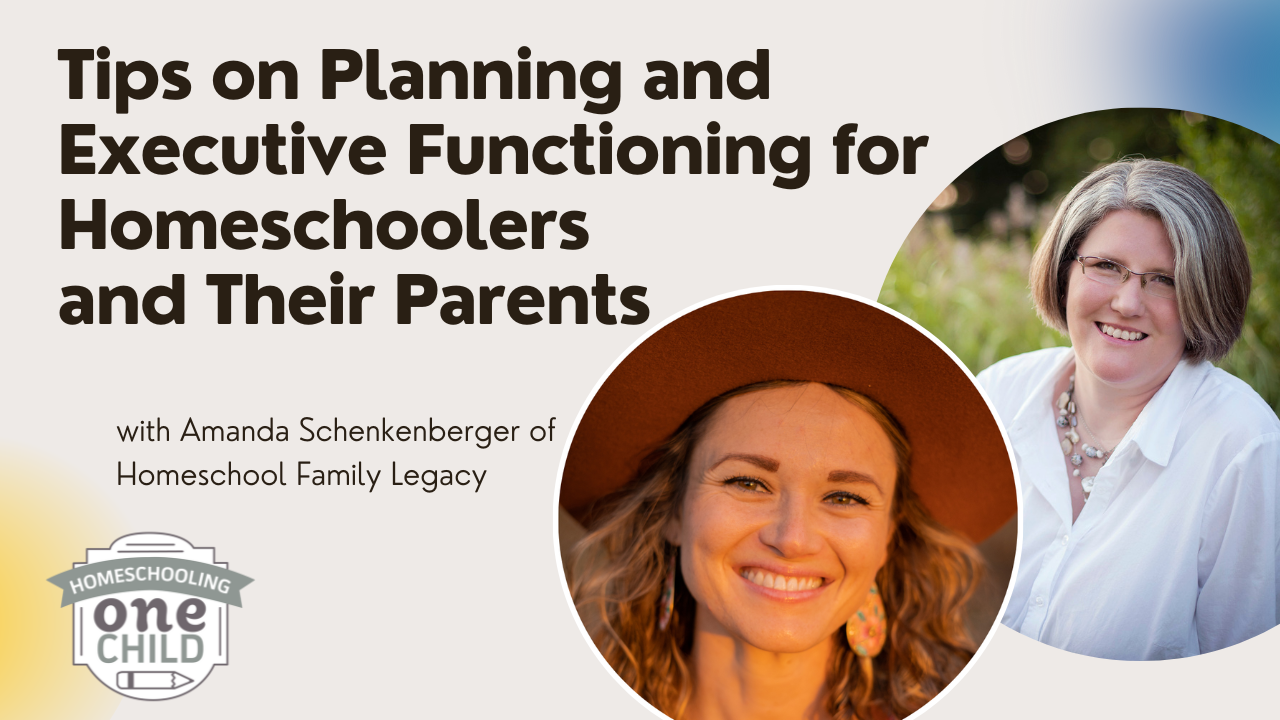

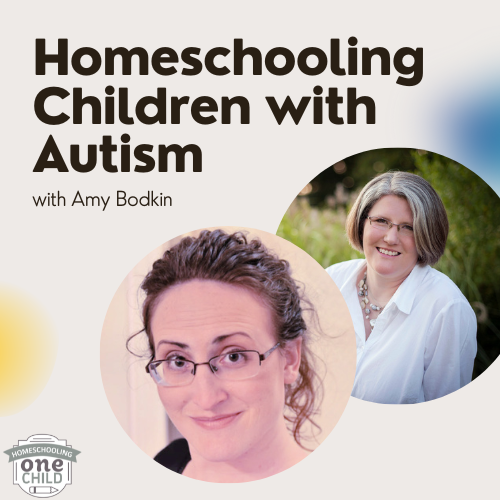
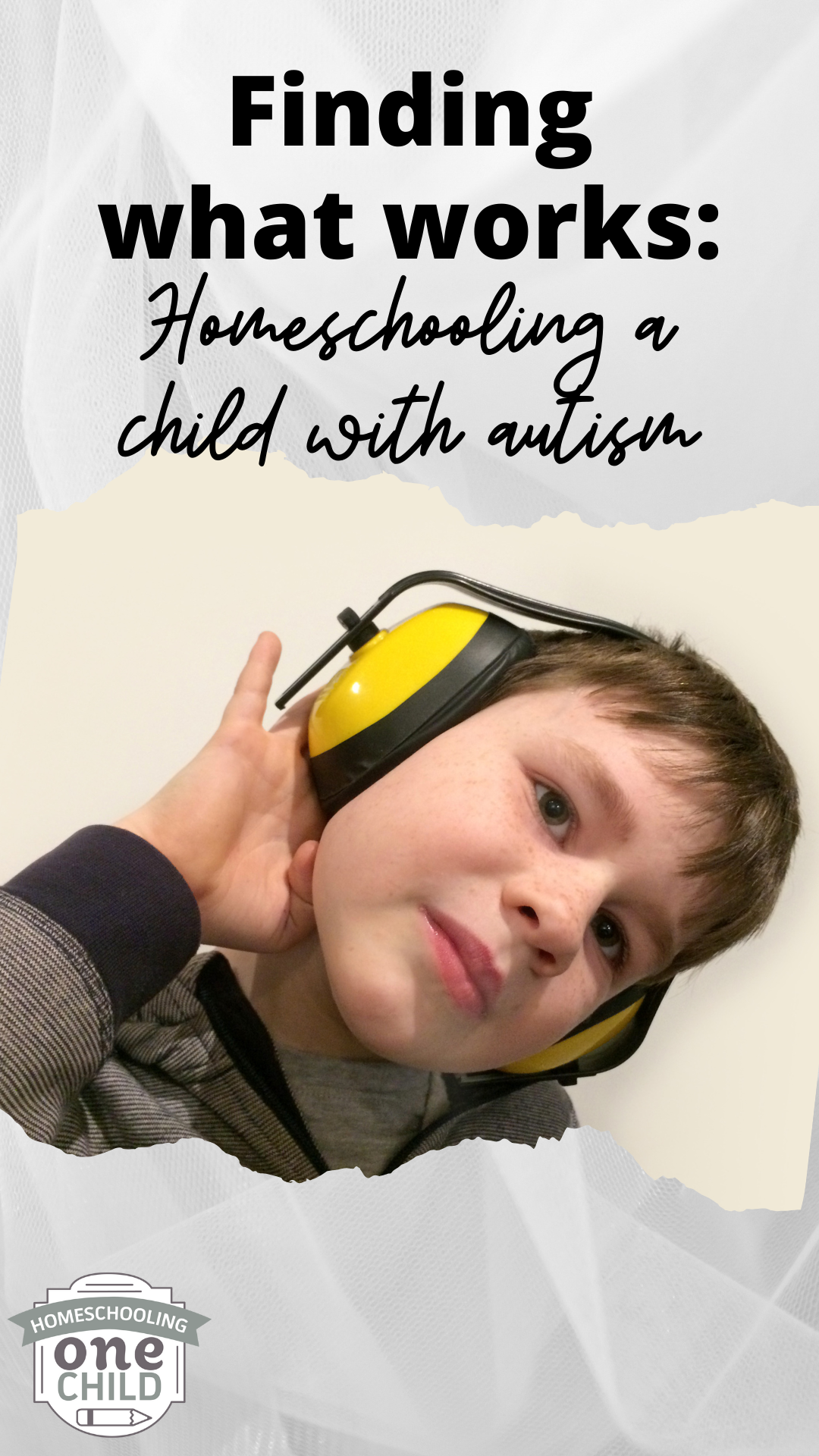
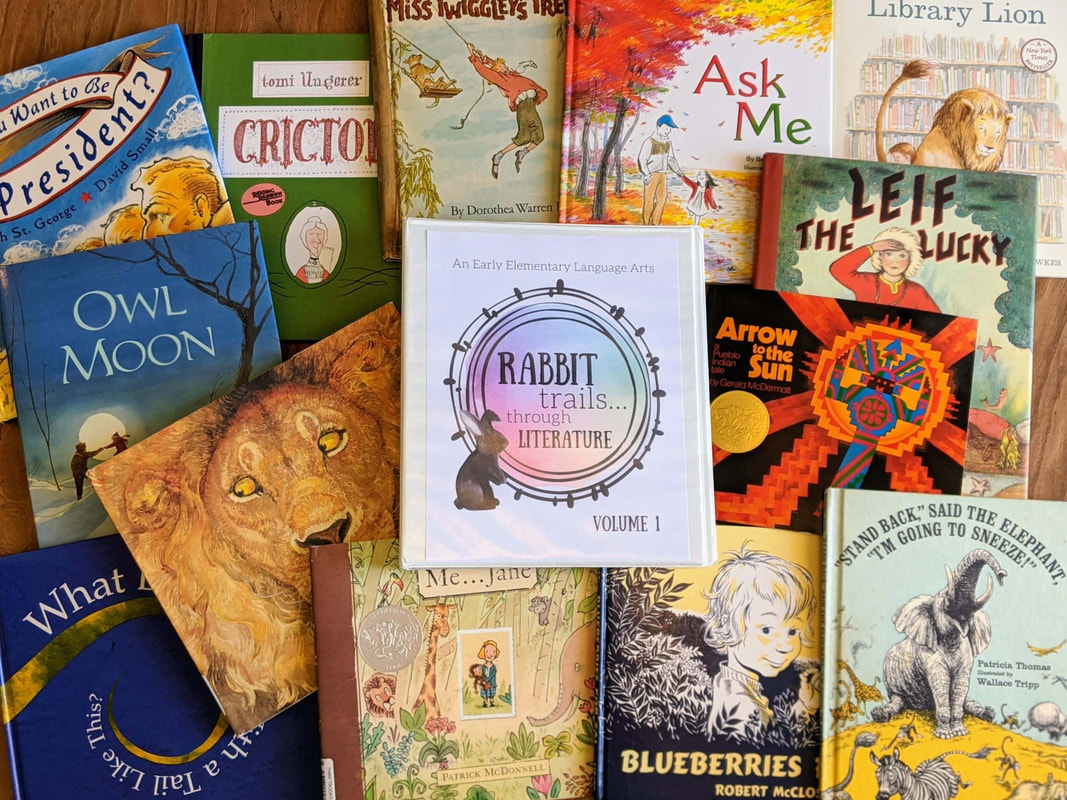
 RSS Feed
RSS Feed
